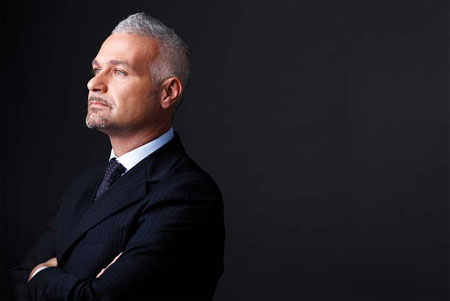Luxury auto market goes into overdrive
|
Christian Mastro from Lamborghini says the firm will add six more dealerships in China in 2012. Provided to China Daily |
Lamborghini looks to make further inroads in China as Demand grows
When it comes to spending top dollar on flashy wheels, there is none to beat the nouveau riche in China. Record sales of luxury auto brands last year have given a fresh glimmer of hope for foreign automakers this year even as the passenger car market continues to be overshadowed by rising oil prices and lack of incentives.
Sports car brands like Automobili Lamborghini SpA of Italy have had a rocking year in 2011, when they notched up soaring sales numbers thanks to the roaring demand in China. What is even more impressive is that the record numbers came at time when demand in major markets like the US and Europe remained weak.
Christian Mastro, general manager of Automobili Lamborghini Asia-Pacific, says the company sold over 340 vehicles in 2011, accounting for 24 percent of the luxury sports cars sold in China. It also catapulted China to the top of the luxury market stakes. And the trend is set to continue into 2012, judging from the fact that the company had already received over 100 orders for its Aventador - a luxury model it displayed during the Geneva auto show last year - before it was even launched in China.
Globally, Lamborghini sold 1,600 cars last year for an 8 percent market share in the sports car segment.
Consulting firm McKinsey & Co estimates China will overtake Japan by 2015 as the leading market for luxury goods, mostly high-end cars, watches, bags and jewelry.
Mastro says that most of the Lamborghini owners in China are wealthy youngsters aged between 35 and 39.
However, there is also a gray lining to the growing younger customer profile in China. Though most of the new buyers are younger and more confident about what they want, they lack patience, Mastro says. If they want a car, they want it right away, even if it means they have to pay extra money to the dealer. They also prefer bright colors, such as white, orange and yellow.
With Lamborghini having acquired "as much market share as possible", Mastro says the real challenge is to "maintain the momentum in China".
Absence of competition has also eased the path considerably for Lamborghini. Although a few other brands like Ferrari are positioned as luxury sports cars, there is no poaching for customers, as buying tends to be based more on personal preferences.
LMC Automotive, a company that provides market forecasts for vehicles, estimates that the luxury car segment will expand by 16 percent in China during 2012, compared with 4.4 percent in Germany.
With the international trends not so promising, companies like Lamborghini are now looking to make further inroads in China by reaching out to more wealthy customers in central and western China. "It's not very convenient for them to buy our vehicles now as most of the dealerships are located in coastal areas. It's important for us to reach out to them," Mastro says.
This year, the company plans to add six more dealerships in China, mostly in the second- and third-tier cities, to complement its existing 14 dealerships. To attract more customers, the company will also offer more test drives in Beijing, Shanghai and Chengdu, from once a month to twice a month.
Though Mastro is confident of continued growth in China, he expects the growth over the next two years to be slightly slower at around 30 to 40 percent. He also admits that the luxury sports car segment was slightly affected last year due to the uncertain market conditions and speculation.
(China Daily 01/13/2012 page5)



















